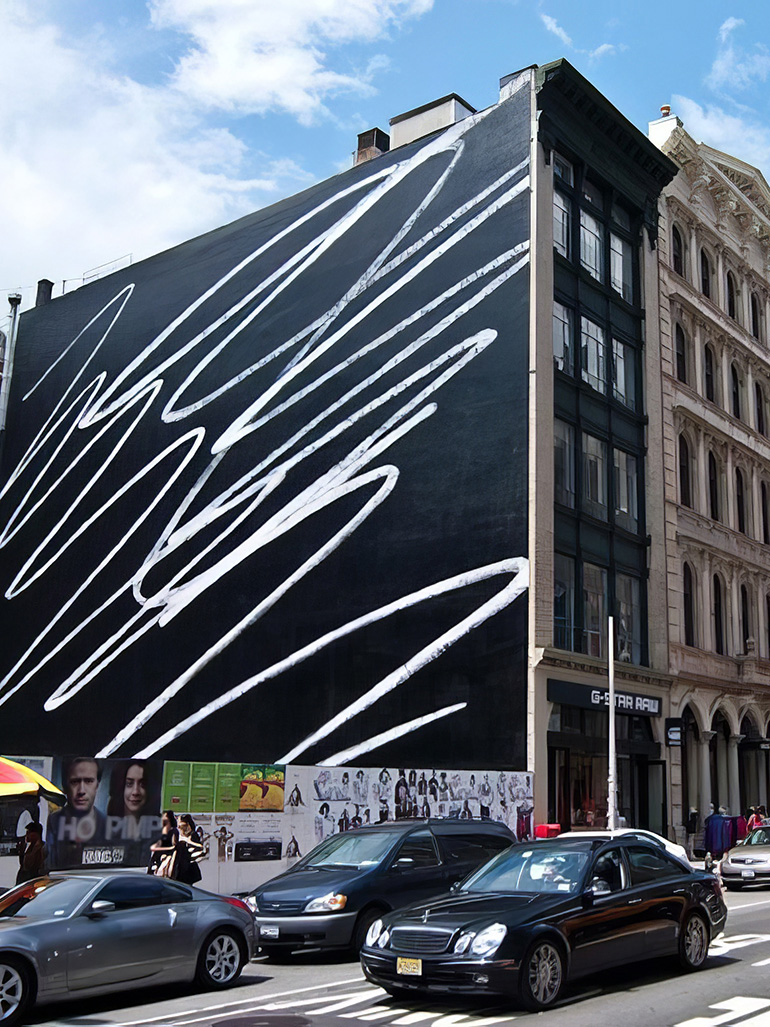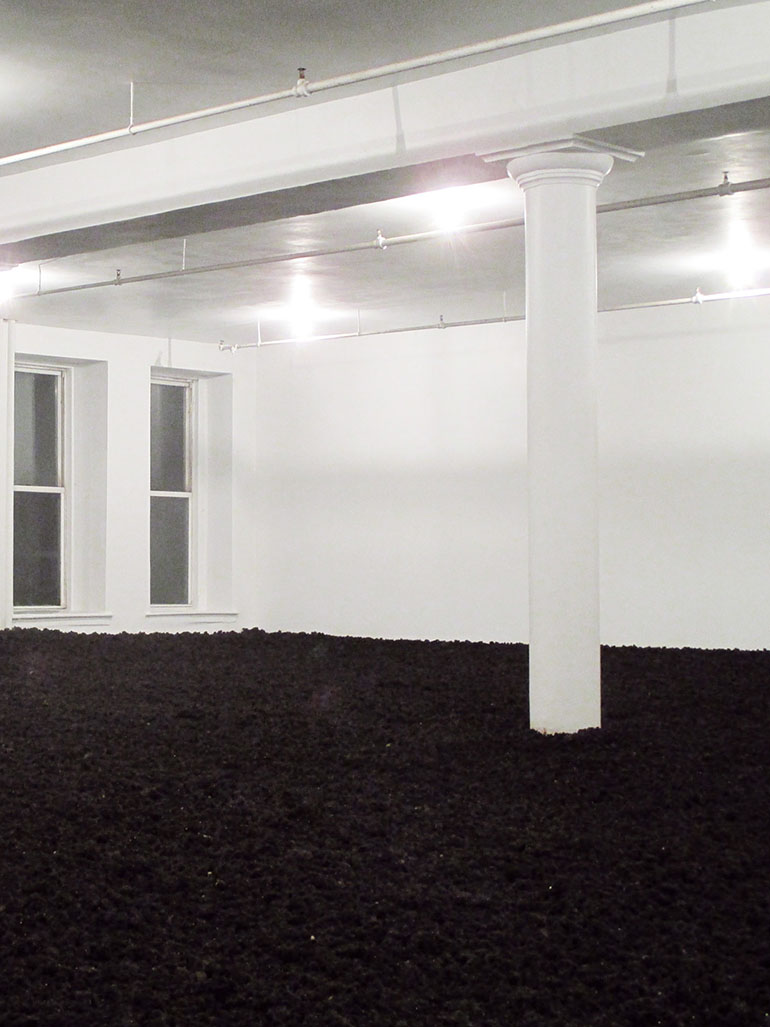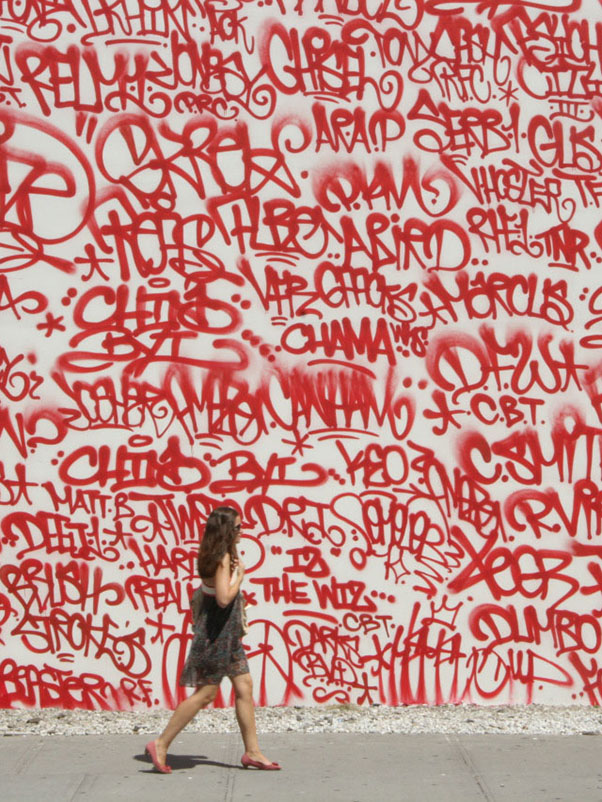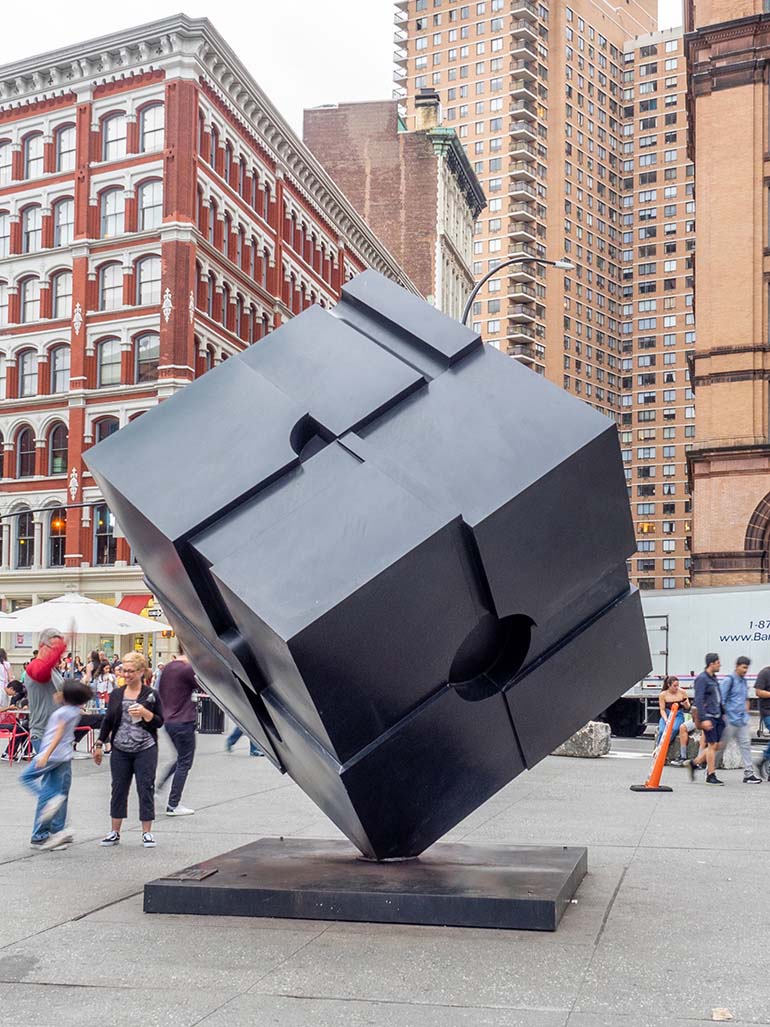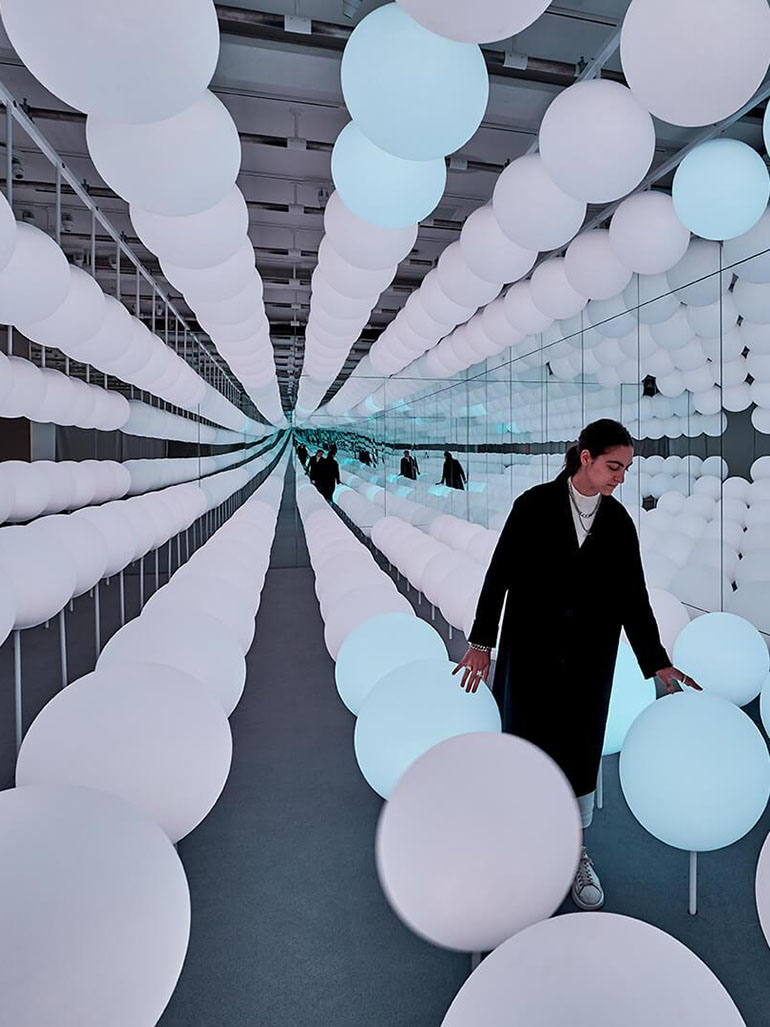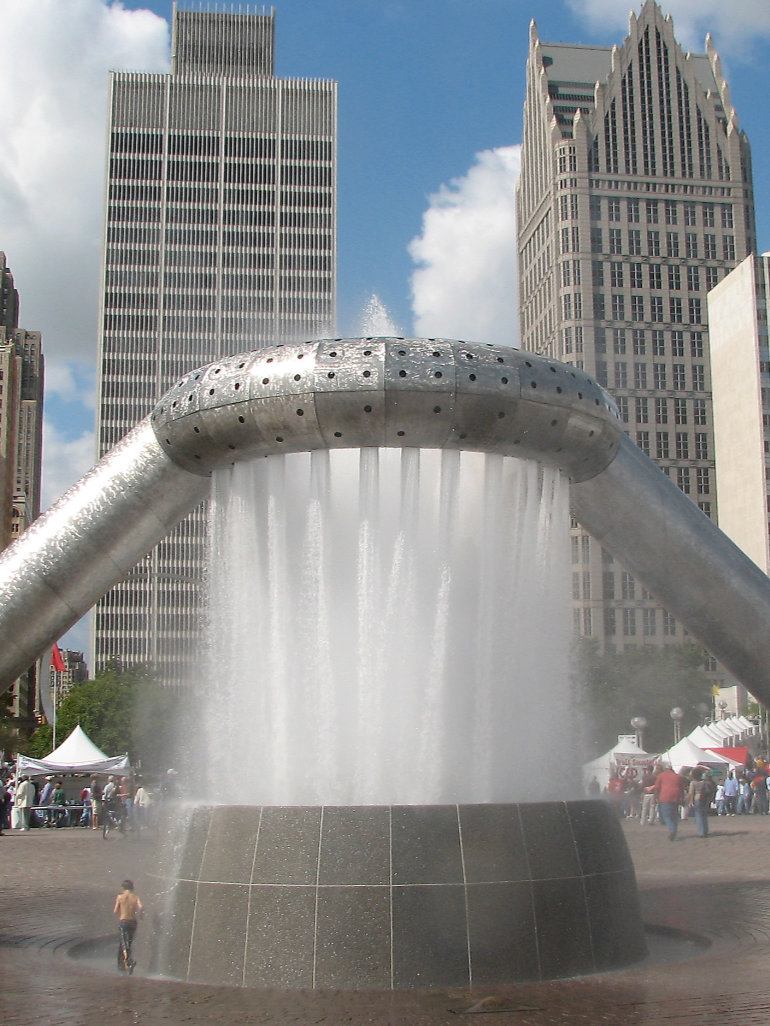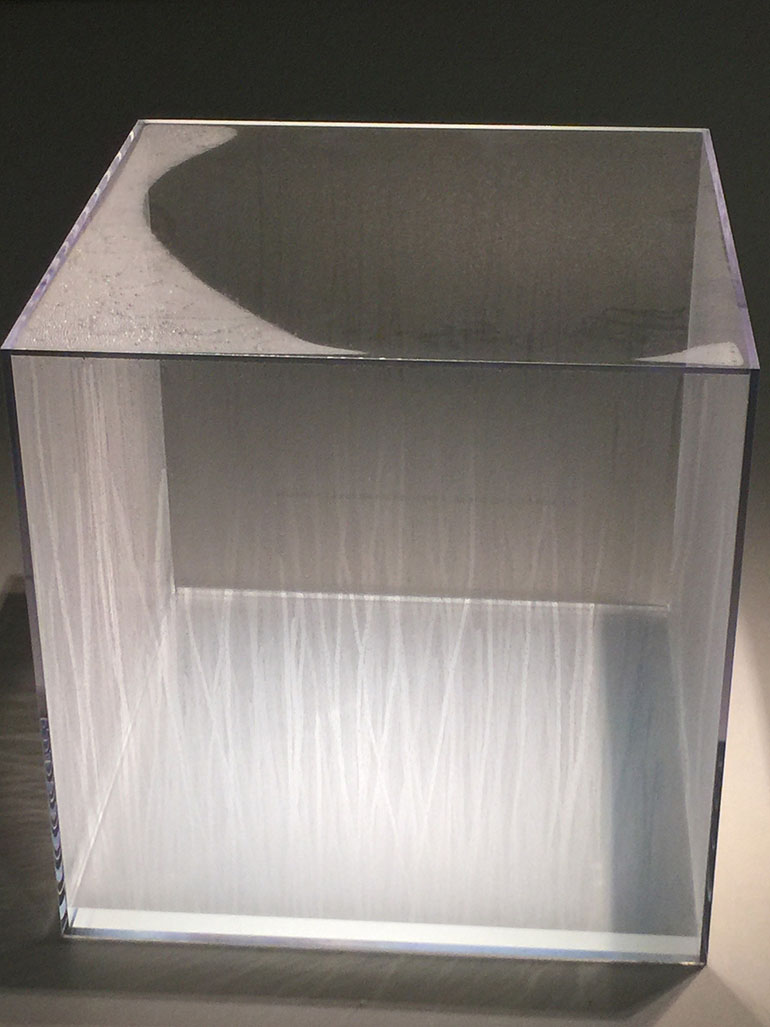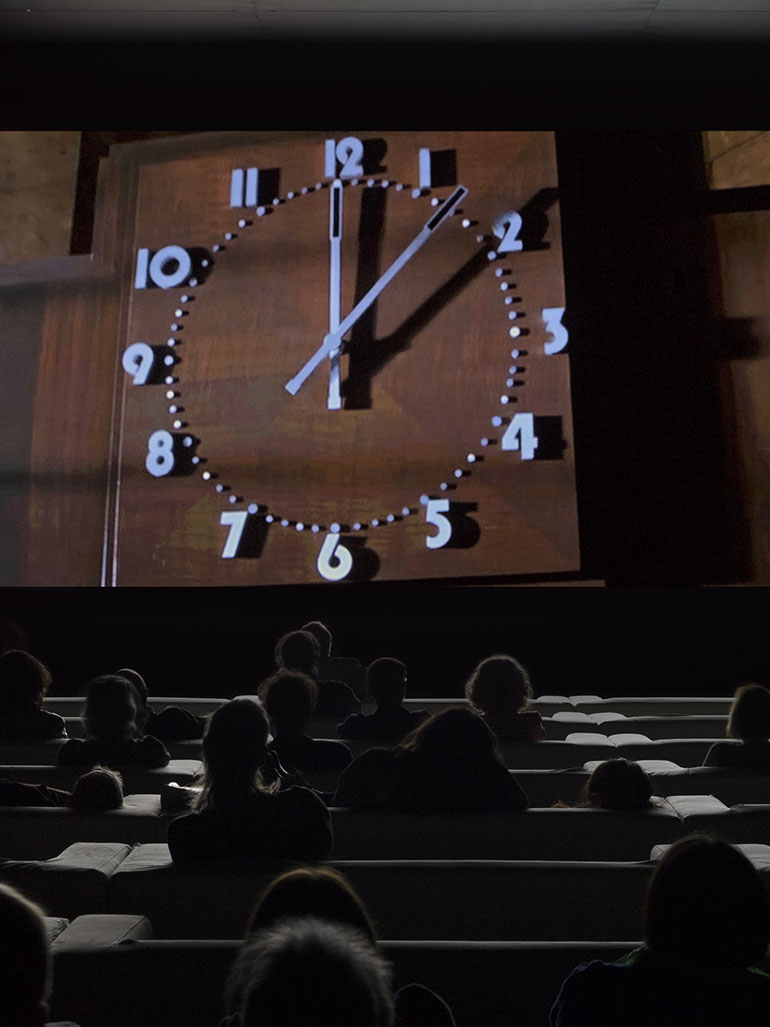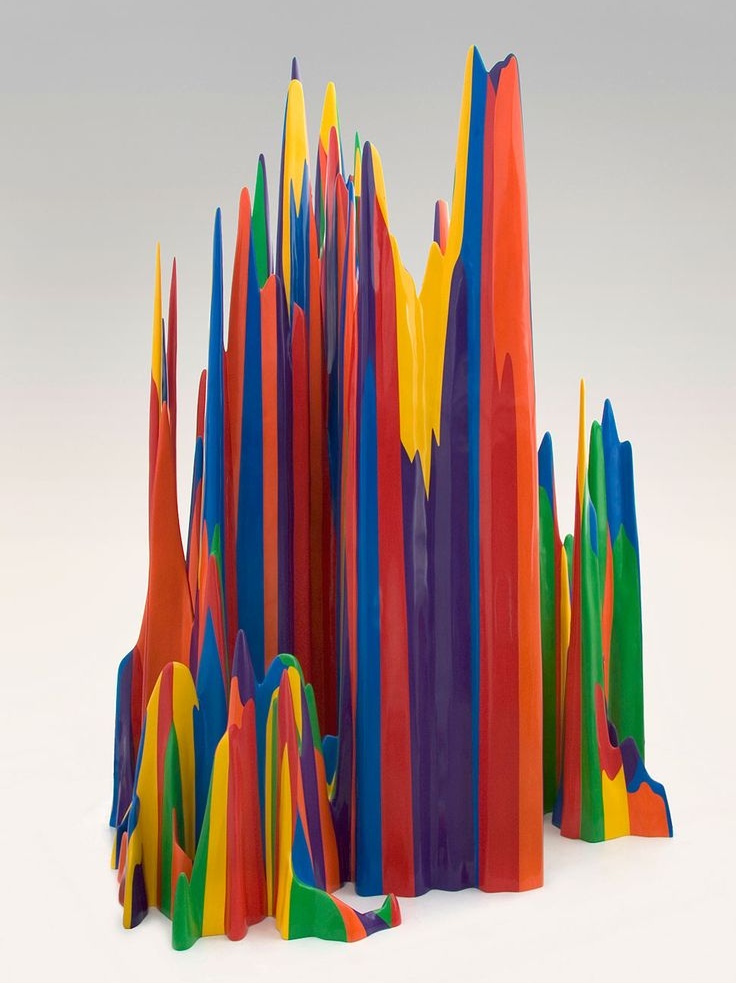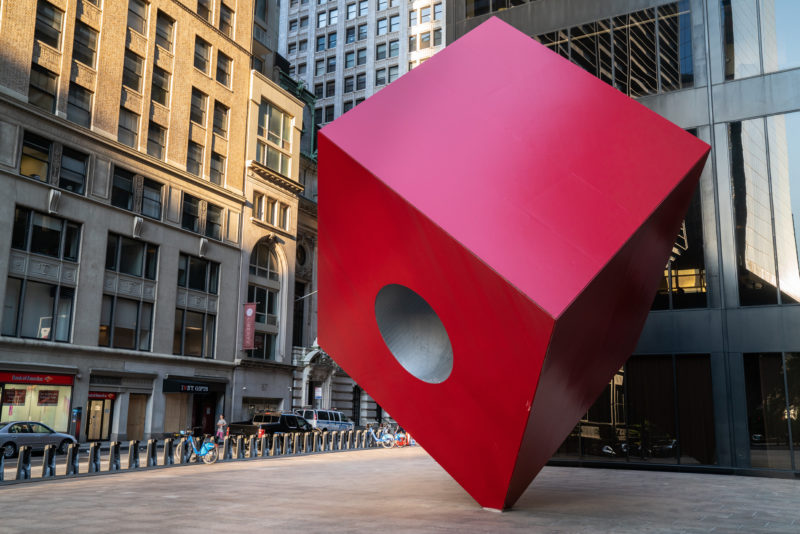
140 Broadway, New York, NY 10006 Copy to clipboard
40.70891, -74.010411 Copy to clipboard
Before you go
Duration: Visit duration is typically short (15-30 minutes).
Facilities: Food trucks and a small park across the street provide convenient seating and dining options.
Nearby attractions: Double Check by John Seward Johnson II, Jean Dubuffet's Group of Four Trees, and Isamu Noguchi's Sunken Garden are all within a short walking distance.
Public restrooms: Limited public restrooms. Plan accordingly or use facilities in nearby restaurants and cafés.
Traffic: Check traffic: The Financial District can be very busy. Plan accordingly.
Best visit time
Visit during late morning on a weekday for soft light and fewer crowds. Ideal in spring or fall for pleasant weather.
Avoid lunch hours (12-2 PM) when office crowds are largest. Consider a weekend visit when the Financial District is quieter and less crowded.
Directions
By bike
Citi Bike docking stations are nearby, allowing you to pick up or drop off a bike conveniently. The closest station is at Liberty St & Broadway, right in front of Red Cube.
By subway
Fulton Street Station (2/3, A/C)
1-minute walk
Wall Street Station (4/5)
3-minute walk
Broad Street Station (J/Z)
2-minute walk
Introduction
Red Cube is a gigantic monumental sculpture by the American landscape architect and artist Isamu Noguchi 1, located out in Lower Manhattan 2. The minimalist 3 masterpiece combines architecture and art, creating a fascinating monochromatic cube that balances nimbly on one of its corners.
Notwithstanding its title, Red Cube isn’t an actual cube but rather looks as though it’s been overextended along the vertical axis. Let’s find out more about Isamu Noguchi’s landmark sculpture. Noguchi installed the enormous public art 4 installation in April of 1968.
Noguchi’s Red Cube is located on one side of a tiny plaza in front of the HSBC (formerly the Marine Midland Bank) building on Broadway. It is tucked between Cedar Street and Liberty Street at 140 Broadway, New York 5, NY, 10005.
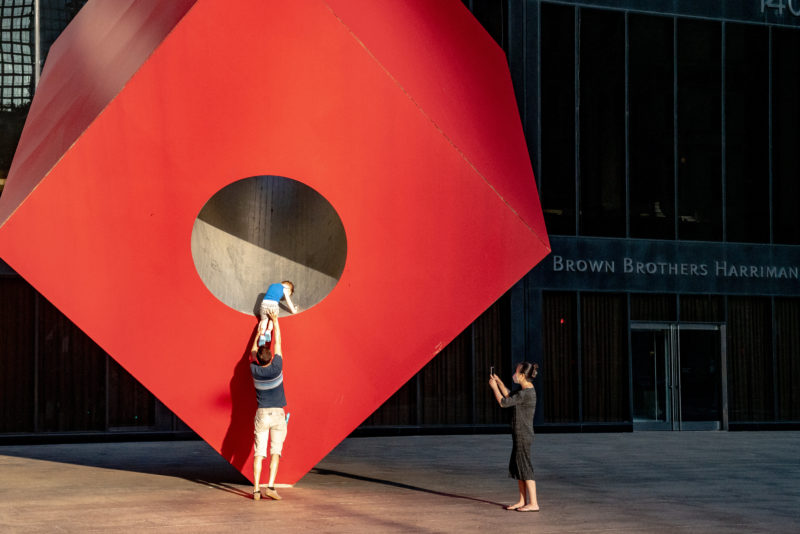
About the Red Cube
Nestled at 140 Broadway in one of the most sought-after addresses in Lower Manhattan’s Financial District, Red Cube surely pops out against the background of the high-flying skyscrapers that house the HSBC Bank, Brown Brothers Harriman, and the Bank of America.
Aside from these high-rise buildings that flank the piece, the area is frequented by Halal carts and camera-toting tourists looking to snap Instagram-approved photos.
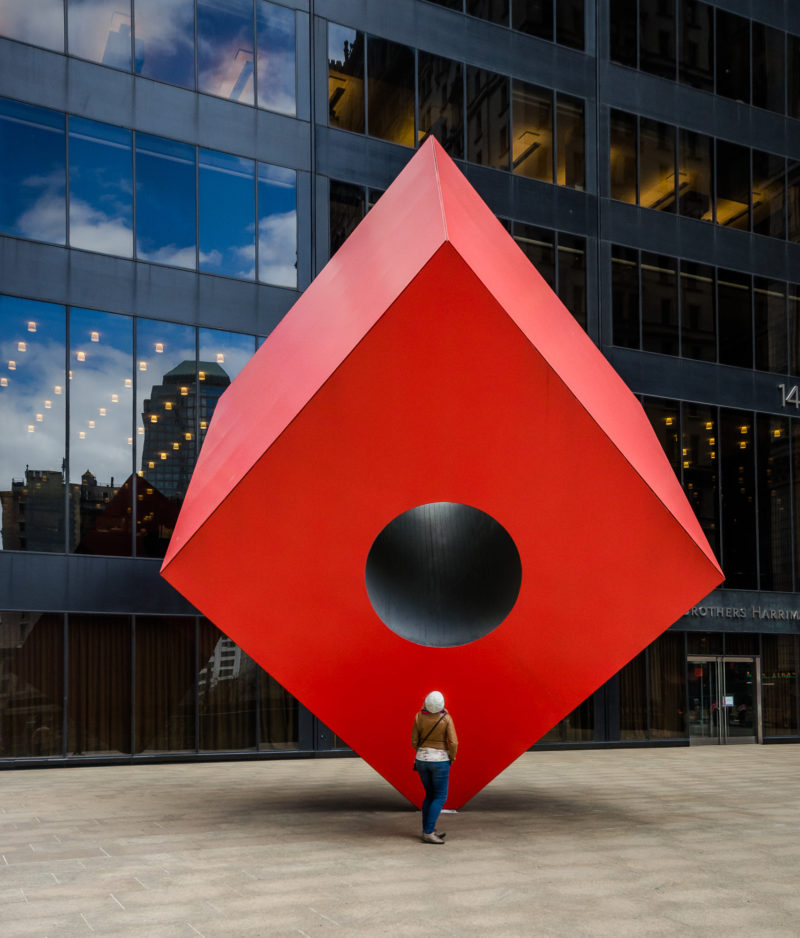
Wearing a vivid shade of red and standing on one of its vertices, Red Cube is classified as a minimalist, site-specific 6 public installation art. The scripture stretches axially, in a seemingly incomparable competition with the high-rise building flanking it.
The sculpture is made up exclusively of red-painted steel but it’s not just the stunning bright red color that distinguishes the sculpture from its surrounding architecture and design elements.
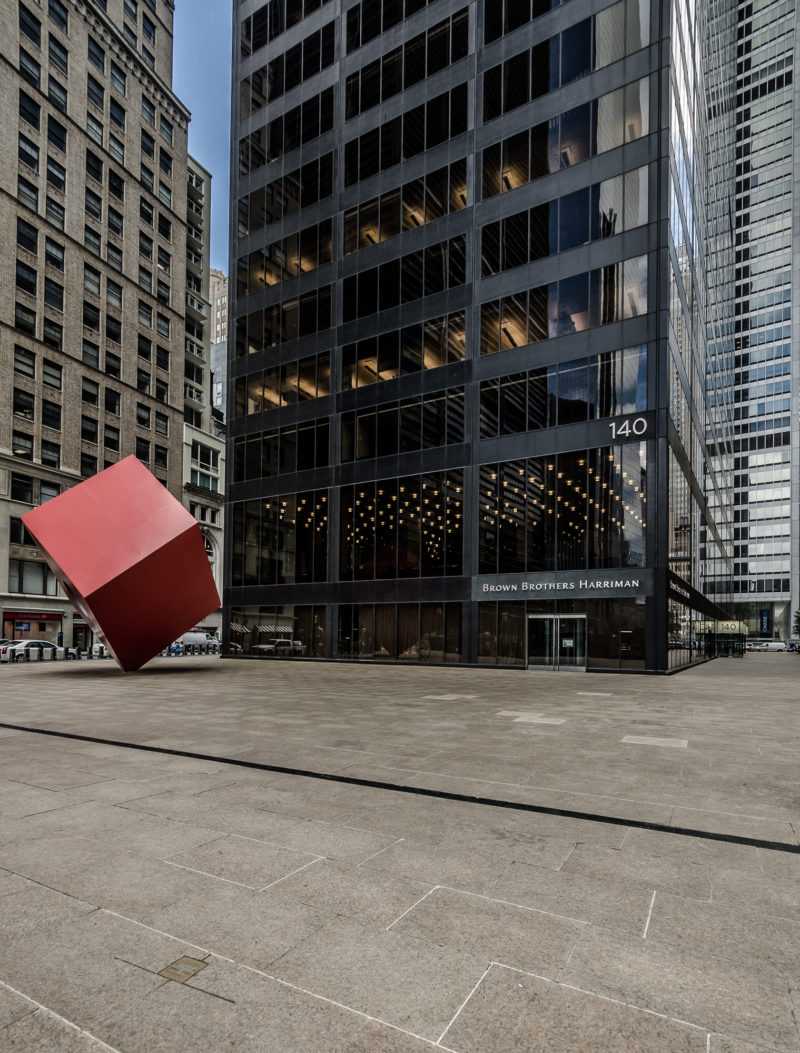
Design & positioning
Everything about this sculpture is unique and refreshing, but nothing beats its ability to contrast yet marry into the surrounding. Aside from its eye-catching hue, Red Cube stands out from the surrounding architecture because all of its lines are diagonals.
They stand in stark contrast to the vertical and horizontal lines of the neighboring façade of the Gordon Bunshaft-designed HSBC Building (previously known as the Marine Midland Bank) and the adjacent buildings.
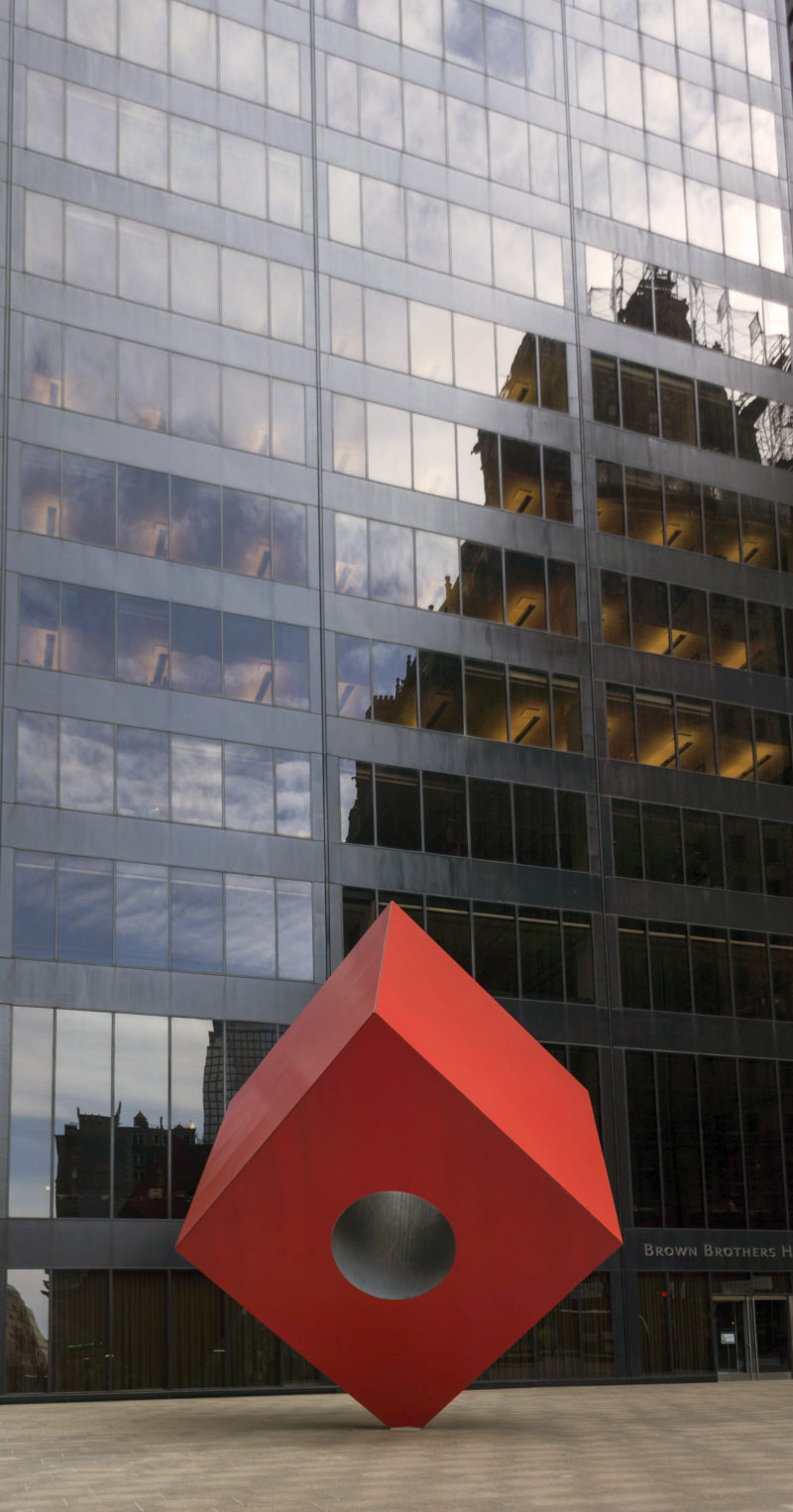
Furthermore, the artwork is perched somewhat dangerously on one corner, seemingly balancing precariously – meanwhile, the neighboring buildings are solidly erected, creating a distinctive contrast.
The brilliant red painted steel of Isamu Noguchi’s Red Cube stands out starkly against the blacks, browns, and whites of the surrounding buildings and streets. It is bordered on three sides by skyscrapers, the height of which draws the viewer’s eye upwards.
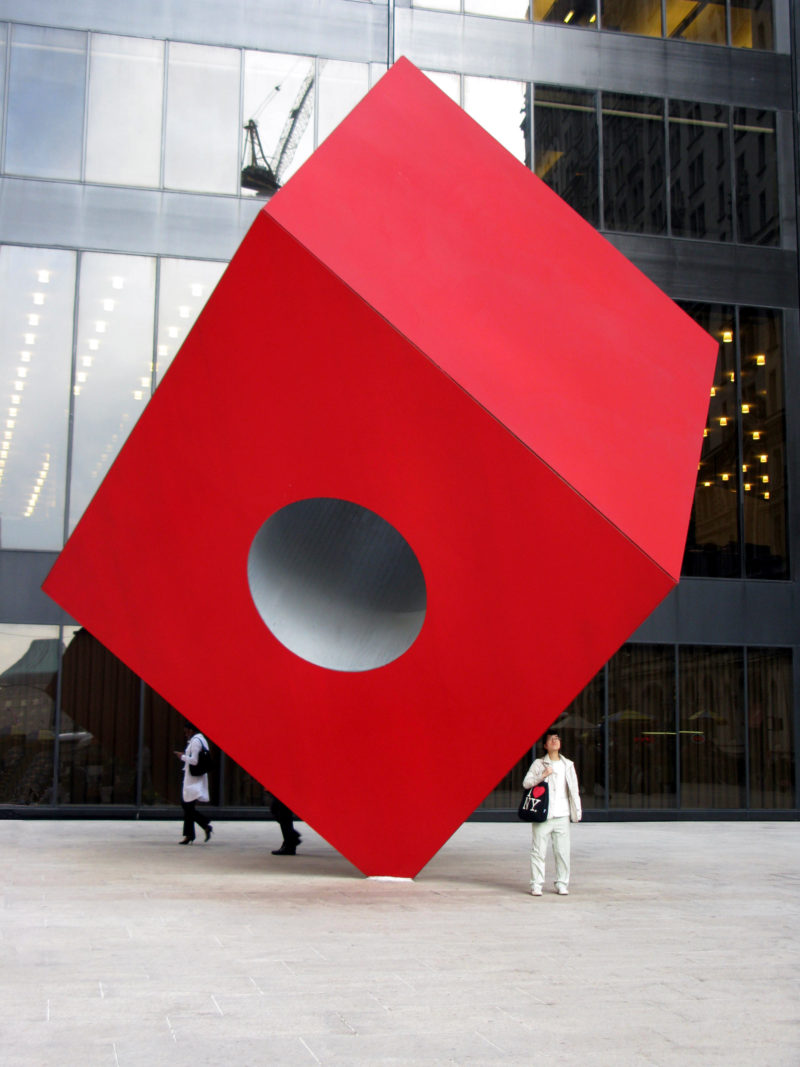
The sculpture itself contributes to this upward pull by balancing on one corner, with the opposing corner reaching towards the sky. Despite its namesake, the sculpture is not a cube but rather appears to have been extended along its vertical axis, forming a distorted cubic-esque structure.
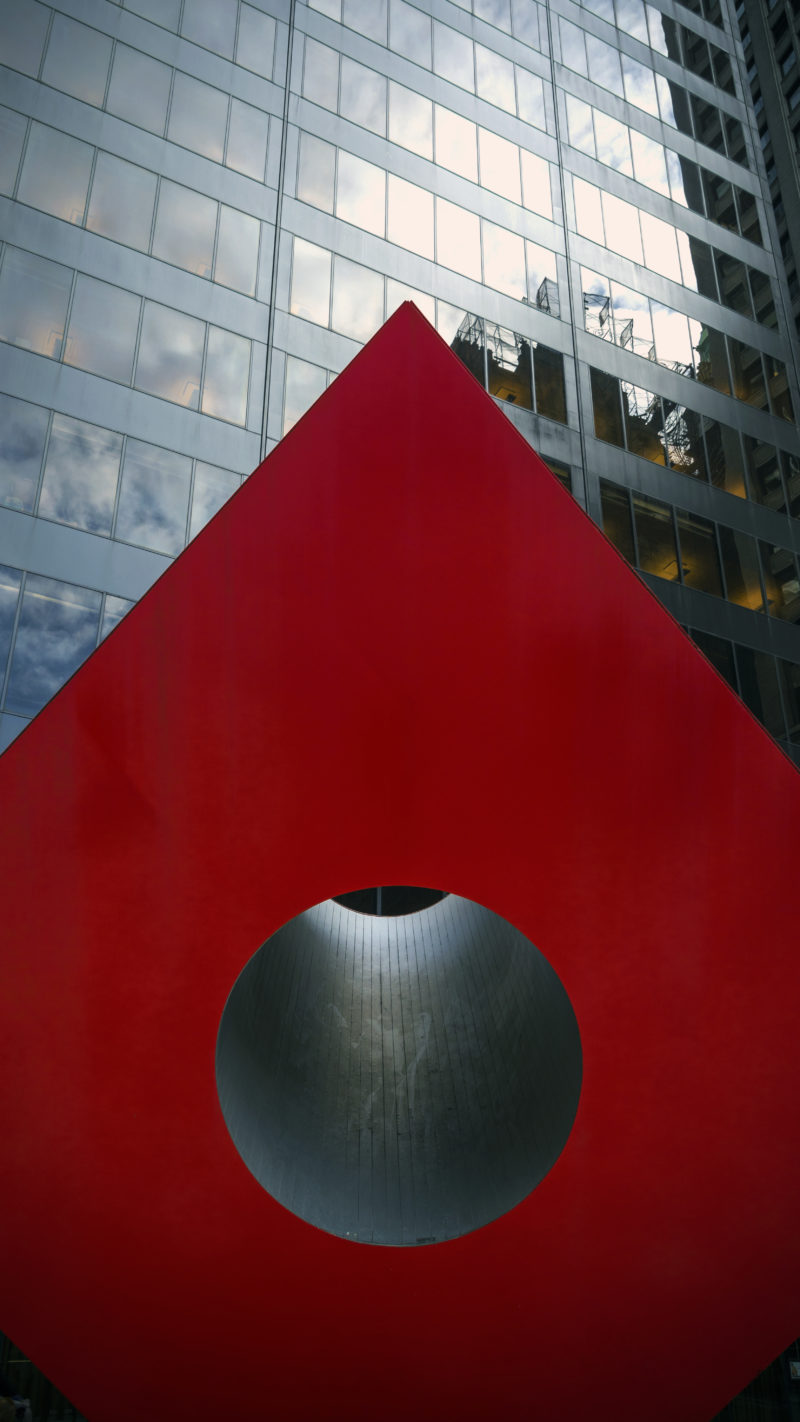
Noguchi’s intention
A cylindrical hole cuts through the middle of the sculpture, revealing a grey internal surface with uniformly-spaced lines running from one hole opening to the other. If you look through the Cube’s hole, you are being provided with an immersive 7 view, gazing directly at the sky towards the HSBC Building. This design helps tie the architecture of the surroundings and the sculpture together.
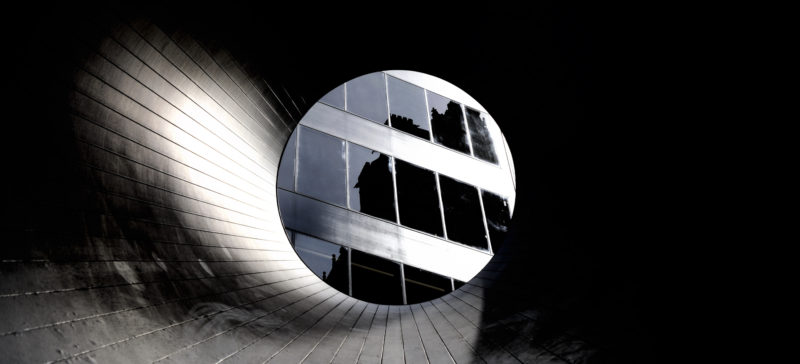
To create this artwork, Isamu Noguchi married architecture with art, purposely paying homage to the setting. In line with the artist’s earlier works, the structure playfully mingles with the urban fabric and presence of the surrounding architecture. After all, the site upon which the sculpture sits can be as vital as the artwork itself.
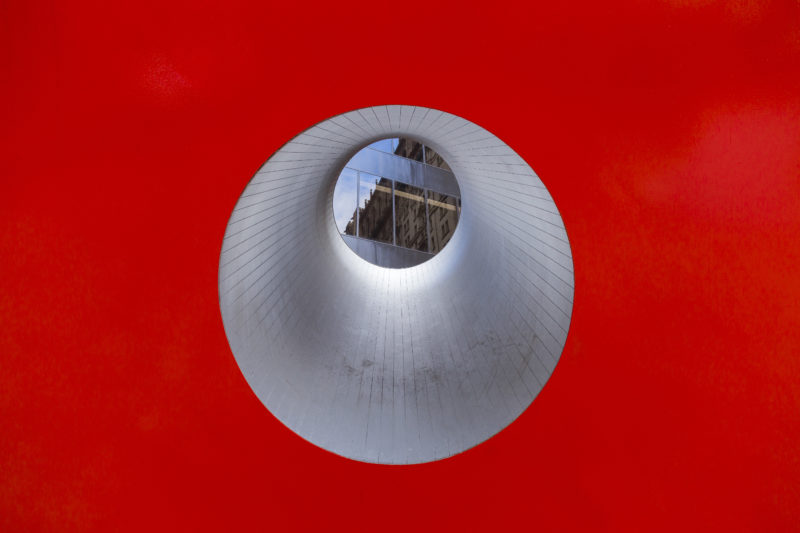
Emphasizing the importance of this relationship between the surroundings and the installation, Noguchi stayed true to his creed as an artist. Noguchi believed that an artist is not only a creator and decorator of structures but also a credible collaborator with the architects in creating significant shapes and space.
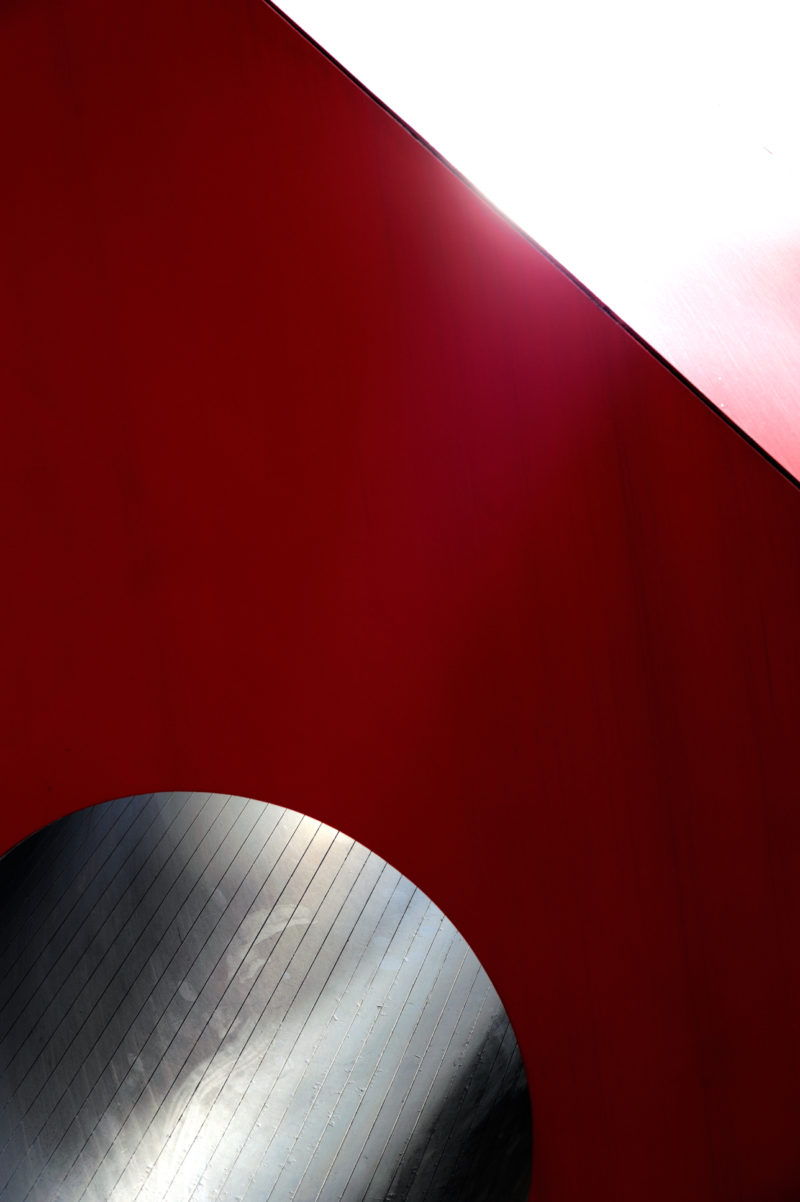
The setting
To better understand the importance of this artwork, you need to understand the location, which some call one of the great public spaces of New York. They even dare to compare this small part of the city with the visual impact and elegance of any renowned Renaissance plaza or Baroque setting and call it one of the most magnificent examples of 20th-century urbanism anywhere in the world.
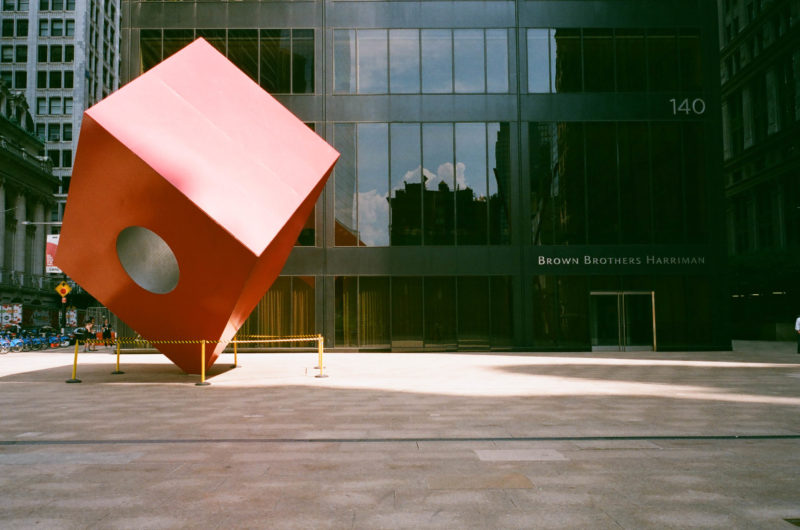
Pulitzer Prize winner Ada Louise Huxtable, one of America’s most architectural critics, wrote in her 1968 review 89:
The scale of the buildings, the use of open space, the views revealed or suggested, the contrasts of architectural style and material, of sculptured stone against satin-smooth metal and glass, the visible change and continuity of New York’s remarkable skyscraper history; the brilliant accent of the poised Noguchi cube–color, size, style, mass, space, light, dark, solids, voids, highs and lows–are all just right.
Trivia
Appearance in The April Fools, 1969
Due to its bold and unusual appearance, Red Cube quickly rose to fame. In 1969, one year after its installation, it prominently appeared in the movie The April Fools, starring widely popular actor Jack Lemon and French actress Catherine Deneuve in her first Hollywood movie.
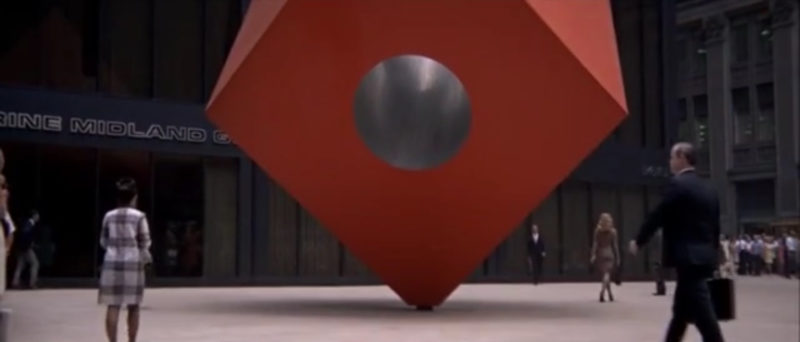
Survived 9/11
During 9/11, a significant amount of art in and around the Twin Towers got destroyed. The estimated value of the art by the likes of Alexander Calder, Joan Miró and Roy Lichtenstein is a mind-blowing $100 million of art from private collections and $10 million of public art. Noguchi’s sculpture managed to survive these attacks and, well over 50 years later, looks the same as in 1968.
Occupy Wall Street, 2011
In 2011, Red Cube witnessed yet another tumultuous event, the Occupy Wall Street protests, which took place across the street in Zuccotti Park. The non-violent occupation left the artwork undamaged.
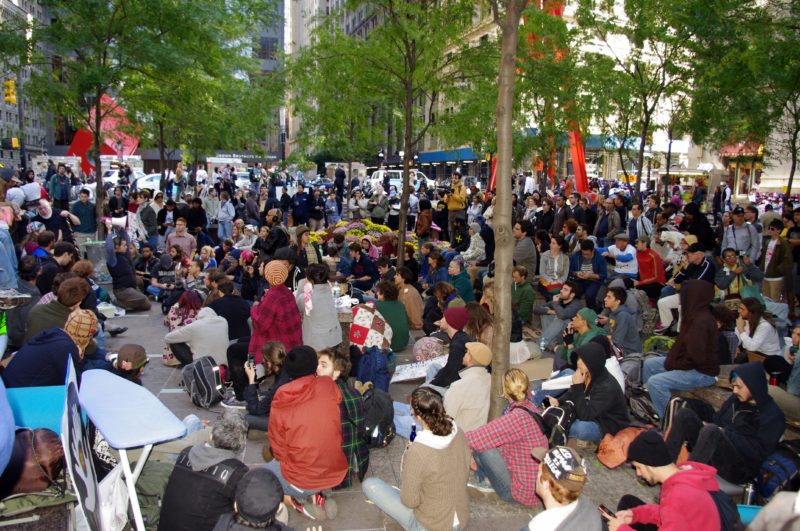
Controversial redesign plan, 2018
In 2018, a building owner proposed a controversial plan 1011 to redesign the plaza, adding seating, walls and trees, and consequentially getting rid of the food vendors but also obstructing the exceptional views.
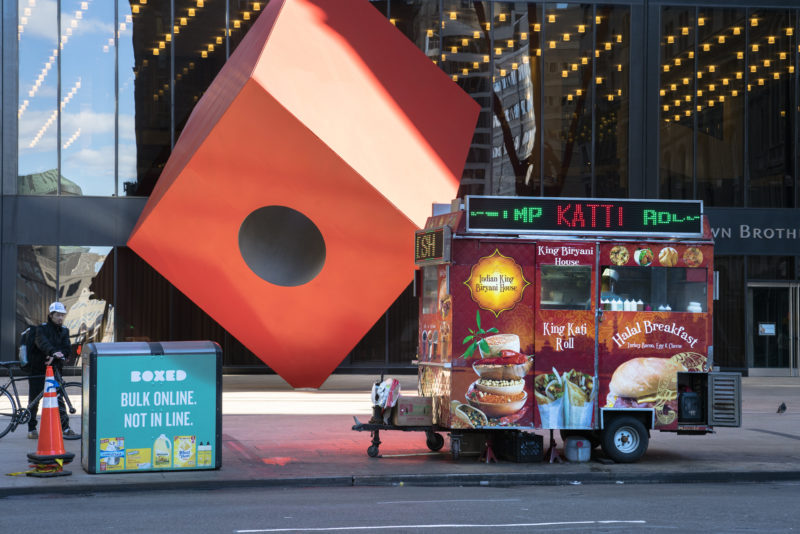
These plans have encountered enormous backlash both from public and private institutions as well as individuals and remodeling requests have been thwarted. The plaza and building, declared a landmark in 2013, can still be enjoyed without much interference.
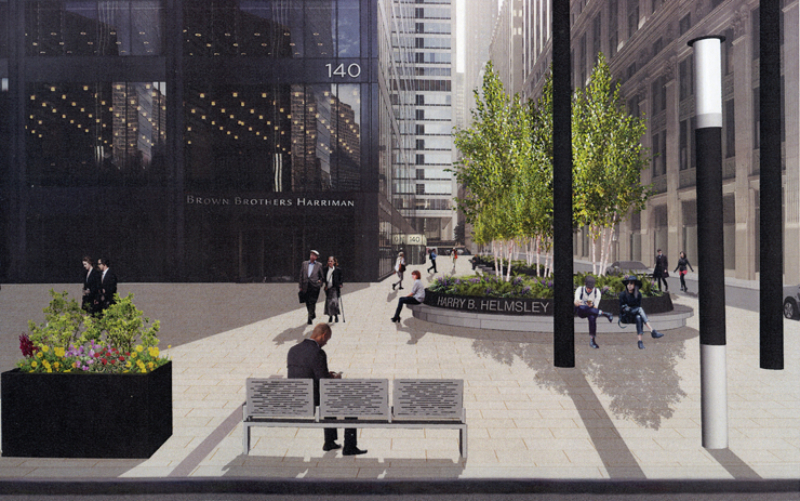
Who created the Red Cube?
Isamu Noguchi is the artist behind the public art installation. Born in 1904 in Los Angeles 12, Noguchi was a well-known landscape architect, industrial designer and artist. He’s celebrated as one of the most influential American sculptors of the 20th century.
From the 1920s until he died in 1988, Isamu Noguchi had a productive career. Noguchi was raised in Japan 13 by his American mother (he’s the son of Japanese playwright Yone Noguchi) and was initially discouraged from becoming an artist until he began attending sculpting workshops in New York.
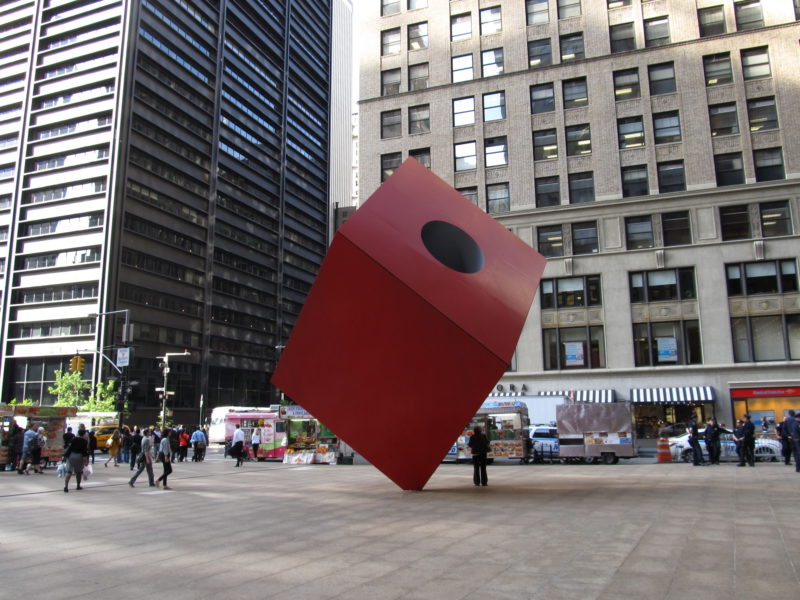
Noguchi subsequently proceeded to Paris 14 and began his creative career as one of Brancusi’s assistants. He mastered stone 15 sculpting and later expanded his abilities to include landscape, furniture, architecture 16, and stage design.
Throughout his career, he created gardens, furniture 17 and theater designs, among other works that can be found in major cities across the world. You’ve probably seen his artworks in New York City: The Sunken Garden (1961-1964) is in the open plaza in front of Chase Manhattan Bank Plaza, and News (1940) is on the main entrance to 50 Rockefeller Plaza.
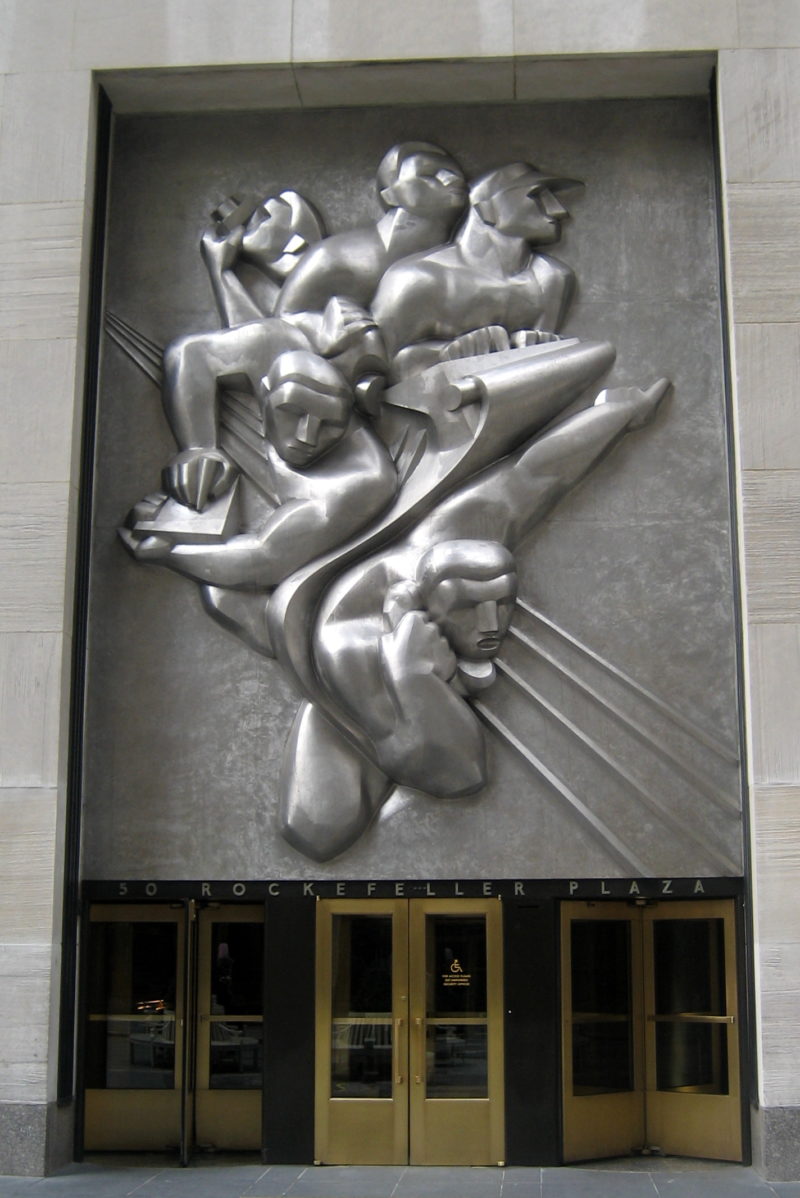
Furthermore, the Noguchi Museum (formerly known as the Isamu Noguchi Garden Museum) in Long Island City has an outdoor sculpture garden and multiple galleries displaying his work.
Explore nearby
140 Broadway, New York
 Karl Haendel's scribble muralsInstallation ended (dismantled in 2009)1 km away
Karl Haendel's scribble muralsInstallation ended (dismantled in 2009)1 km away
 Barry McGee's tag muralsInstallation ended (removed in 2010)2 km away
Barry McGee's tag muralsInstallation ended (removed in 2010)2 km away Tony Rosenthal’s Astor Place Cube3 km away
Tony Rosenthal’s Astor Place Cube3 km away Snarkitecture's SwayExhibition ended (dismantled in 2019)4 km away
Snarkitecture's SwayExhibition ended (dismantled in 2019)4 km away
